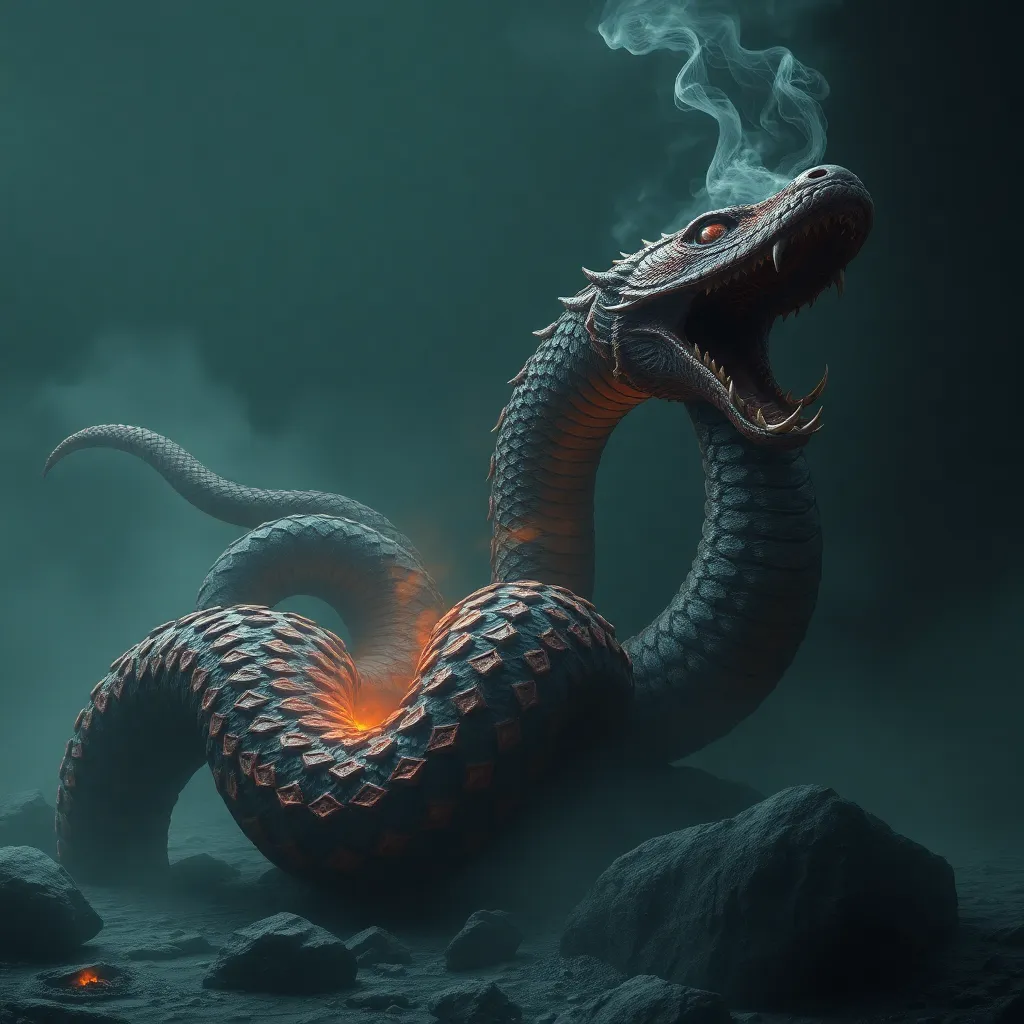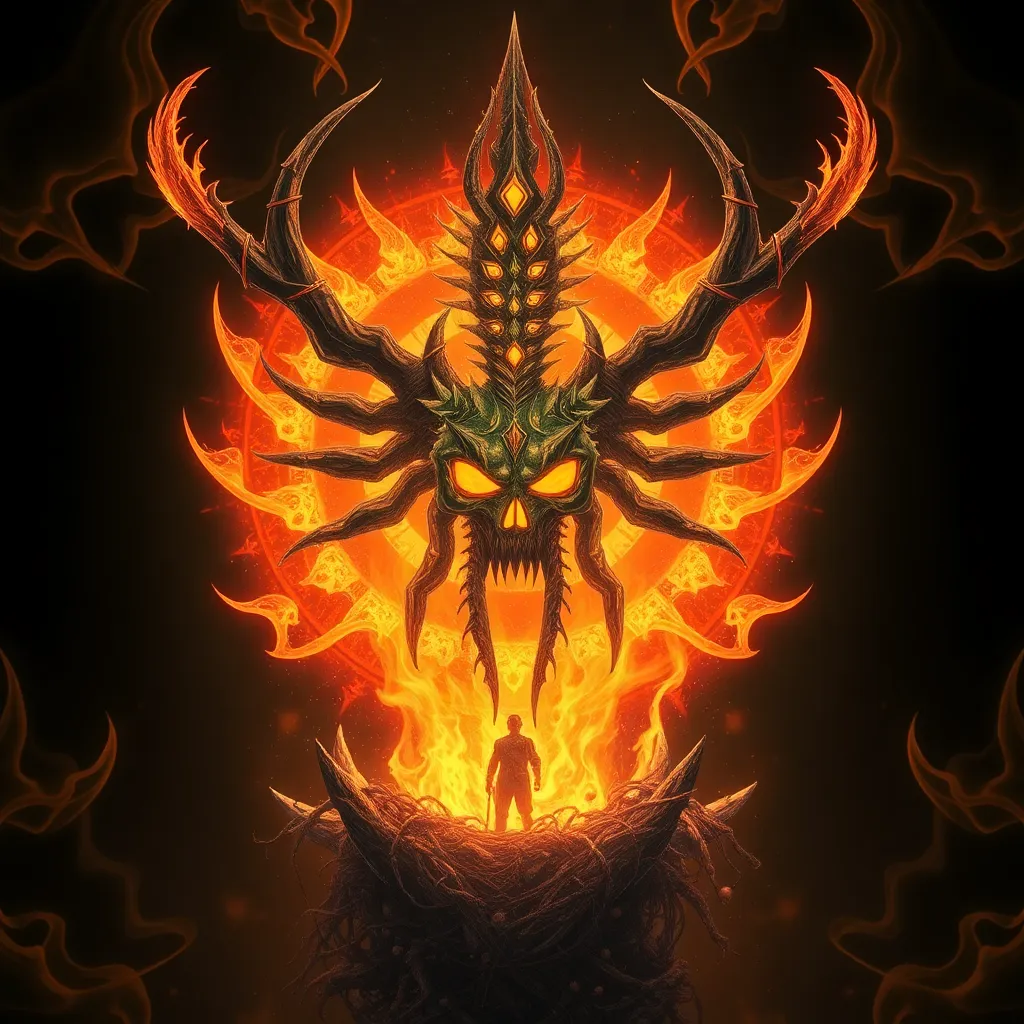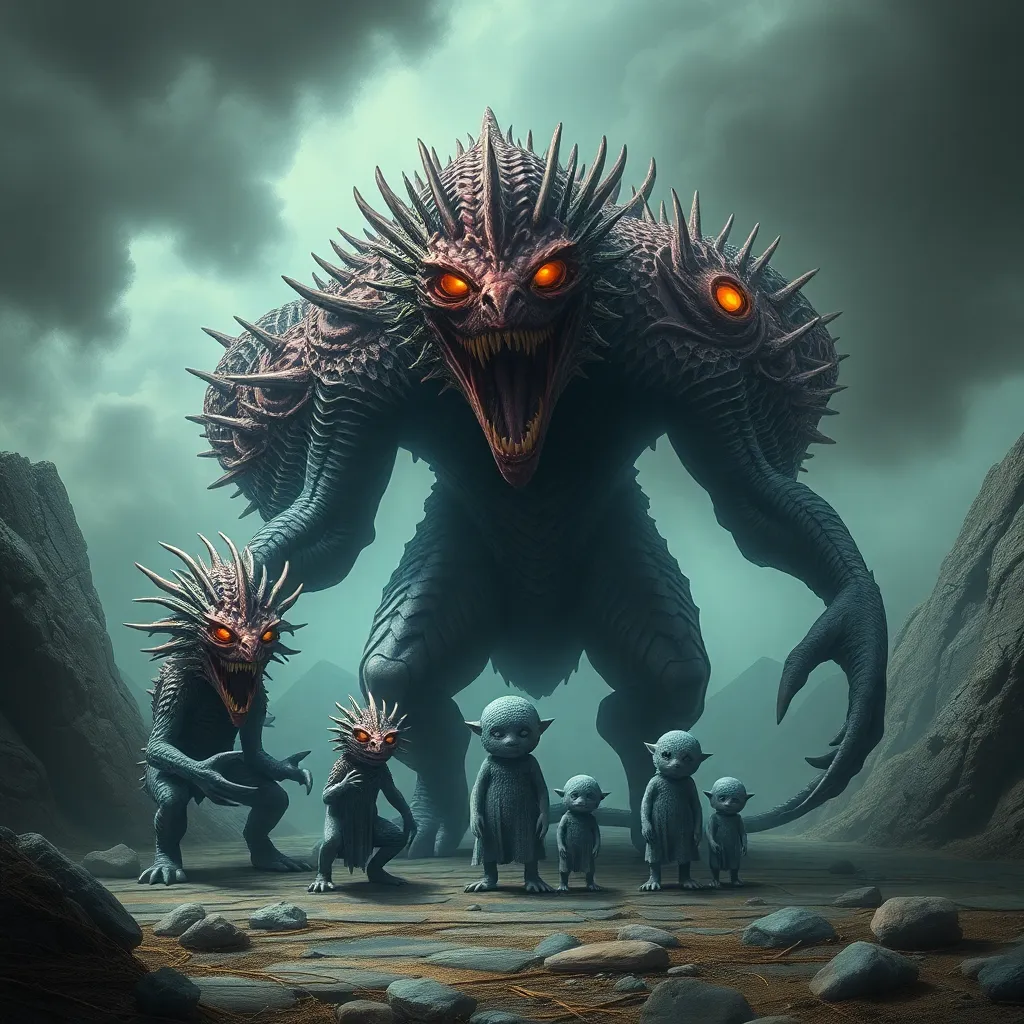The Myth of Camazotz and the Sun God: A Tale of Darkness and Light
I. Introduction
The myth of Camazotz is one steeped in the rich tapestry of Mesoamerican culture, weaving together themes of darkness and light, chaos and order. At the heart of this myth is Camazotz, the bat god, who embodies the darkness that looms over human existence. In contrast, the Sun God represents light, life, and the nurturing aspects of nature. This article aims to explore the intricate dynamics between these two powerful deities and their significance in Mesoamerican mythology.
II. The Origins of Camazotz
Camazotz’s origins can be traced back to the ancient civilizations of Mesoamerica, particularly the Maya. Historical evidence suggests that this deity held significant cultural importance, representing not only the physical characteristics of bats but also the deeper symbolic meanings associated with darkness and the night.
As a deity, Camazotz is often depicted as a humanoid figure with bat-like features, showcasing the duality of fear and reverence that bats inspire. The bat, in many cultures, is a symbol of death and rebirth, often associated with the underworld and the unknown.
The role of bats in Mesoamerican mythology is profound, as they are seen as messengers between the earthly realm and the spiritual world. Their nocturnal nature evokes a sense of mystery and intrigue, making them perfect representations of the darker aspects of life.
III. The Sun God: A Symbol of Light and Life
In stark contrast to Camazotz, the Sun God is revered across various Mesoamerican cultures as a symbol of light, warmth, and vitality. The attributes of the Sun God include power over the day, growth, and fertility. This deity is often depicted as a radiant figure, embodying the life-giving force of the sun.
Cultural representations of the Sun God vary across civilizations:
- Inca: Known as Inti, the Sun God was central to Incan religion and agriculture.
- Maya: The Maya worshipped the Sun God as Kinich Ahau, associated with the dawn and rebirth.
- Aztec: The Aztecs revered Huitzilopochtli, the god of war and the sun, who required human sacrifice to rise each day.
The Sun God’s relationship with agriculture is vital; the sun’s rays nourish the crops, ensuring sustenance for the people. Many agricultural rituals revolve around the Sun God, illustrating the deep connection between celestial bodies and daily life.
IV. The Duality of Darkness and Light
The themes of duality in mythology are profound and pervasive. In the myth of Camazotz and the Sun God, darkness and light represent more than just opposing forces; they symbolize the complexities of human existence.
Darkness is often interpreted as:
- Fear and chaos
- Ignorance and the unknown
- Death and the afterlife
Conversely, light symbolizes:
- Hope and order
- Knowledge and enlightenment
- Life and growth
This duality reflects the natural cycle of life, where darkness and light coexist, each giving meaning to the other.
V. The Conflict Between Camazotz and the Sun God
The narrative of the clash between Camazotz and the Sun God illustrates the eternal struggle between darkness and light. In many tales, the Sun God battles Camazotz, symbolizing the fight against fear and chaos.
The implications of this conflict extend beyond mythology; it resonates with the human experience:
- The struggle against personal fears and doubts
- The pursuit of knowledge and understanding in a chaotic world
- The journey toward hope and renewal after despair
Lessons from the struggle between these deities highlight the importance of balance in life. Embracing both the darkness and light allows individuals to grow and understand their own existence more fully.
VI. Cultural Interpretations and Variations
Different Mesoamerican cultures interpret the myth of Camazotz and the Sun God in unique ways. For instance, the Maya view Camazotz as a fearsome creature linked to the underworld, while the Aztecs may emphasize the Sun God’s role in warfare and sacrifice.
Variations in the myth across regions and time periods reflect the transformation of societal values and beliefs:
- In some stories, Camazotz is depicted as a villain, while in others, he plays a more nuanced role.
- The Sun God may be portrayed as a solitary figure or as part of a pantheon of gods working together for balance.
The influence of these myths continues to be felt in contemporary culture, informing art, literature, and spiritual beliefs.
VII. The Relevance of the Myth Today
Modern interpretations of the themes of darkness and light resonate with contemporary issues. The myth serves as a metaphor for personal struggles, societal conflicts, and the quest for balance in an increasingly complex world.
The myth’s influence extends to various forms of expression:
- Art: Artists draw inspiration from the imagery of Camazotz and the Sun God, exploring themes of duality.
- Literature: Authors use the myth to frame narratives about personal and societal struggles.
- Popular Culture: Films and media often depict the battle between good and evil, echoing the conflict of these deities.
This enduring nature of myth allows it to remain relevant, providing a framework for understanding the complexities of human existence.
VIII. Conclusion
In recap, the myth of Camazotz and the Sun God embodies the dynamic interplay of darkness and light, a reflection of the human experience. By examining the origins, attributes, and cultural significance of these deities, we gain insight into the profound themes of fear, chaos, hope, and order.
Myths such as this one are crucial for exploring human emotions and experiences, offering timeless lessons that invite deep reflection. As readers, we are encouraged to contemplate our own interpretations of light and darkness in life, recognizing that both are essential to the journey of existence.



